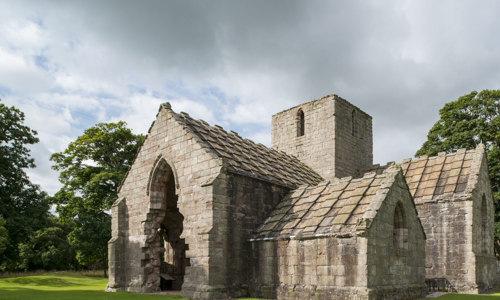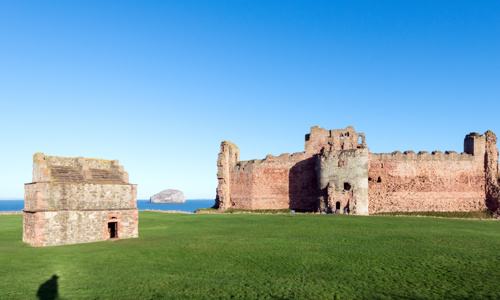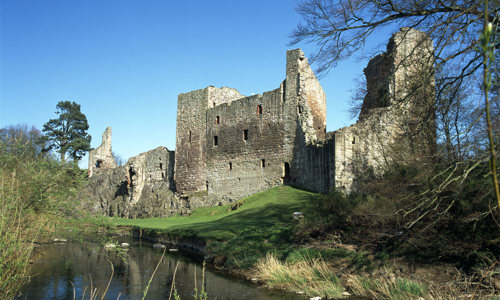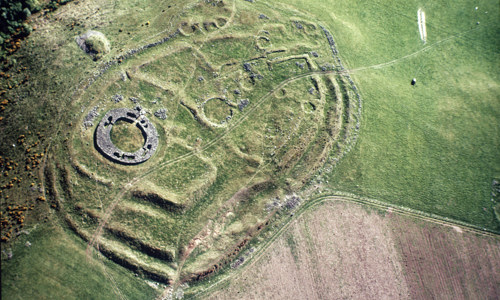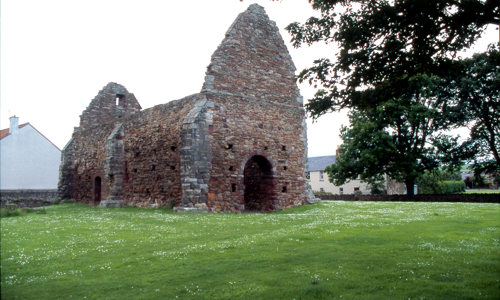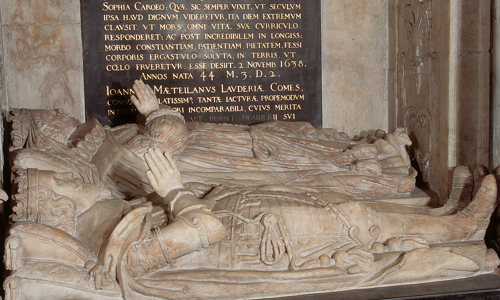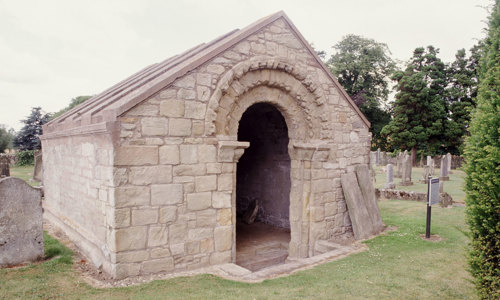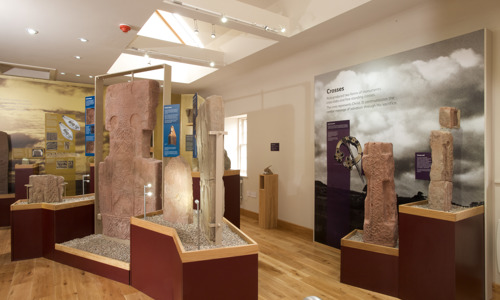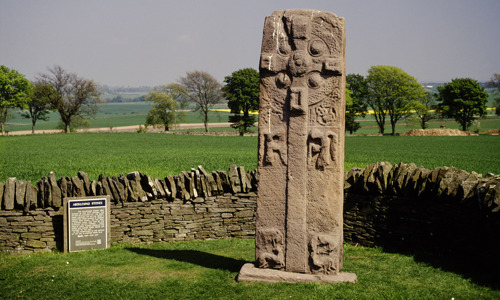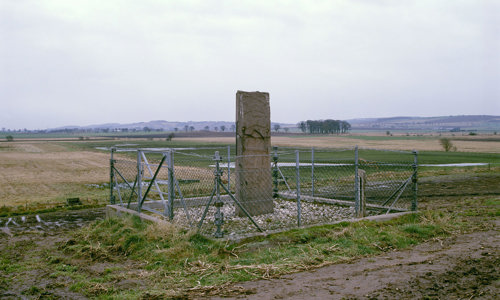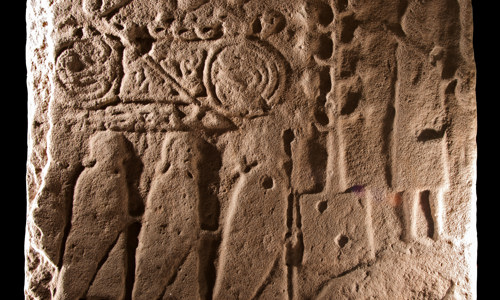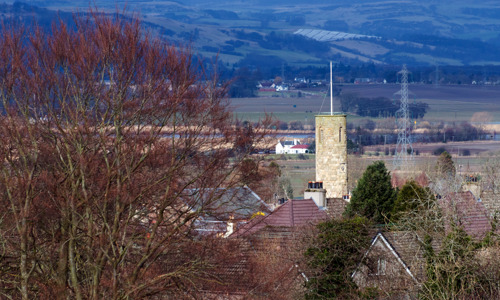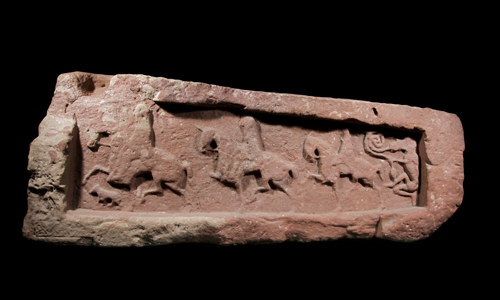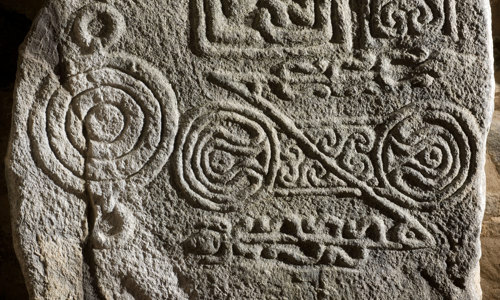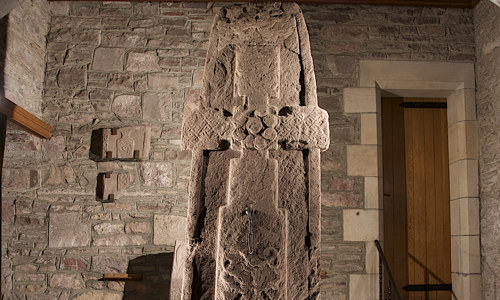History
Archaeological excavation in the 1960s suggested the two halls were early historic and dated to the AD 500s and 600s.
The evidence suggested the first hall was that of a native lord, destroyed during an Anglian invasion in AD 638. The second hall was believed to have been built by an occupying Anglian lord after the invasion, it looked very similar to 7th century structures known at Yeavering in Northumberland.
However, recent reappraisal of the evidence has radically rewritten the site’s history.
In 2009 re-analysis of the pottery found and radiocarbon dating gave an early prehistoric date for the first hall’s construction. Similar halls dating to the early Neolithic period have been found elsewhere in Scotland, such as Balbridie in Aberdeenshire.
In 2017 oak charcoal from both halls and the surrounding palisade was radiocarbon dated and demonstrated that all these features date to the Early Neolithic. Additionally, the reappraisal has demonstrated that there are no artefacts dating to the Early Historic period, thus firmly placing both halls in the Early Neolithic, in stark contrast to what was originally thought.
More than meets the eye
The main features of Doon Hill are those two timber halls, set within a palisaded enclosure. But there is a range of other features, indicating many phases of activity across the hilltop.
The remains of cremated human bone indicate this site was used as a cemetery in the Bronze Age. A small square timber structure, marked out in yellow at the north of the enclosure, might have been a ritual building or temple linked with cremation burials.
The earliest timber hall is marked out in grey concrete. It’s 23m long, with a large central room and two smaller ones on either side.
A timber palisade with two entrances is marked out in yellow concrete and encloses the hall and ‘temple’.
The second hall is marked out in red concrete. It overlies the first, but it’s slightly smaller.


